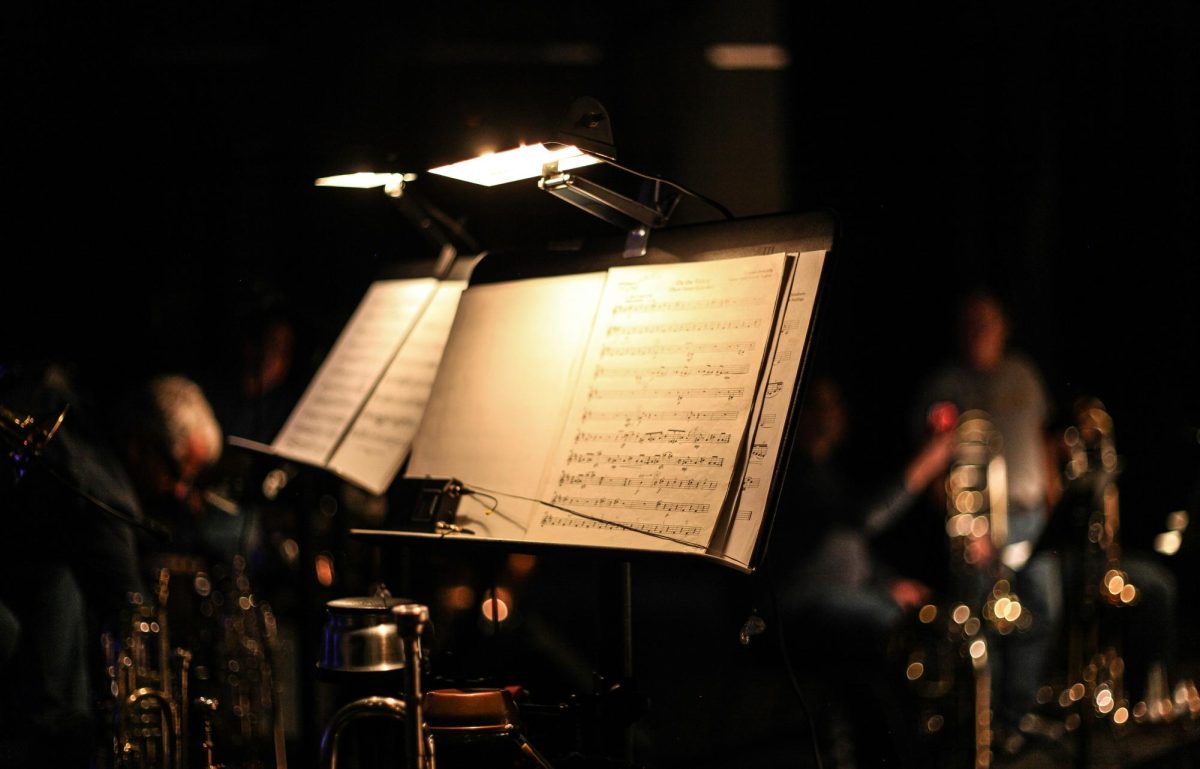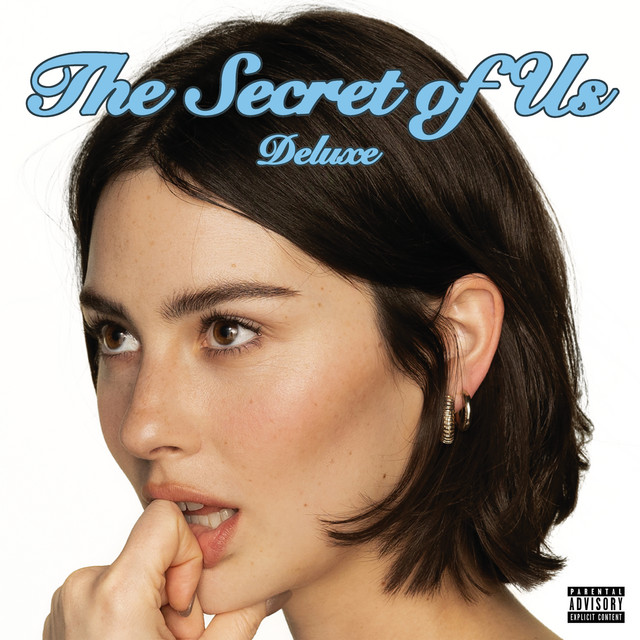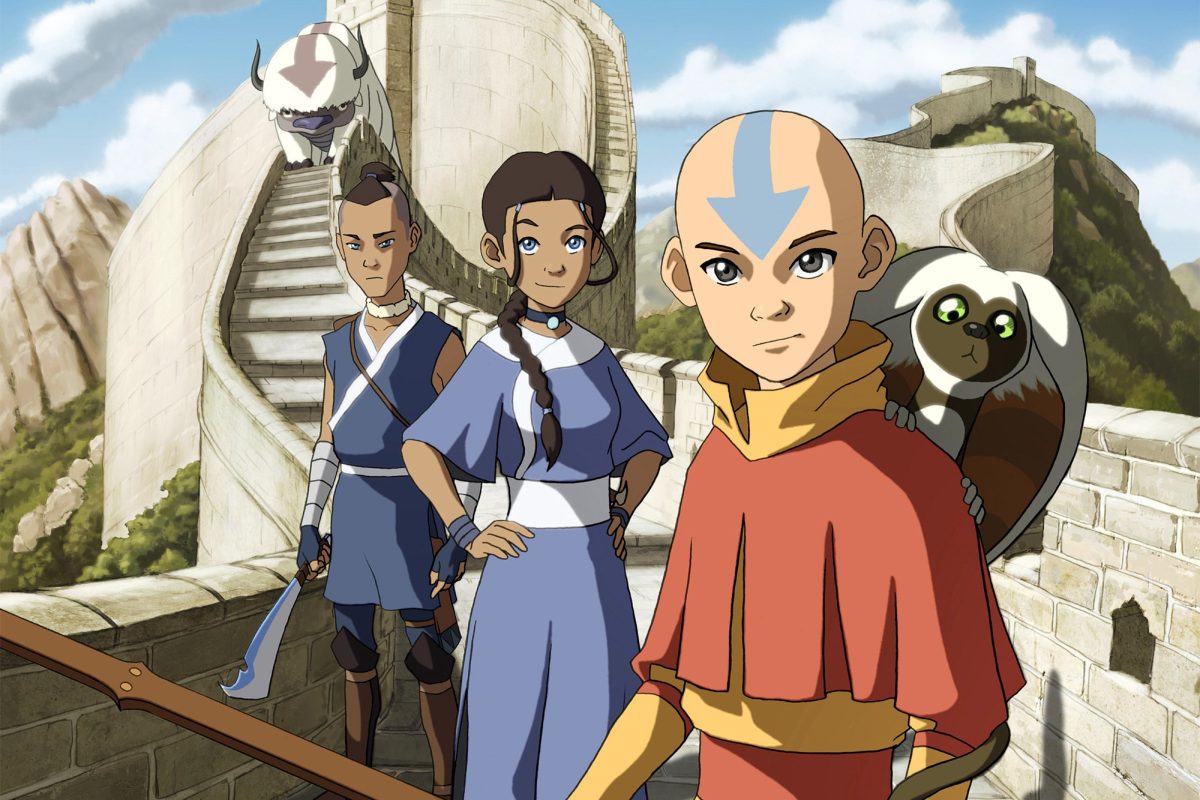Nosferatu was released on December 25th, 2024, and has since caused quite a stir among viewers.
The Dracula-based vampire movie is a remake of the 1922 film, Nosferatu: A Symphony of Horror. While the original stuck extremely close to its inspiration, there are a few deviations from Bram Stoker’s Dracula. The movie utilizes lighting and setting to lean into the ugly side of the film–literally. For instance, Dracula takes on a rather human appearance; meanwhile, Count Orlock’s decrepit appearance drives horror and disgust into the heart of the viewer. This is made much more apparent in Robert Egger’s 2024 version, where Bill Skarsgard, who plays the titular vampire, sat for six hours of makeup and donned a 62-piece prosthetic. The 1922 version appears rather comical in contrast, although the vampire did shock and horrify audiences after its premiere.
Another aspect of Robert Eggers’s Nosferatu which enhances the viewing experience and, unfortunately, often goes overlooked is the lighting. All of Eggers films spotlight the haunting and uncanny, like two men journeying to madness alone in a lighthouse in The Lighthouse and a young girl accused of witchcraft in The Witch—both aptly named as one can tell. It would not surprise a fan of Eggers to know that he has worked with the same cinematographer for each work, Jarin Blaschke. For this film, Blaschke used a filter to rid the scenes of yellow and red, as well as green, to achieve the desired effect of an unearthly atmosphere.
Eggers’s version does not only differ from the original version in visuals—although the film is riddled with entrancingly beautiful shots—as Eggers’s script tweaks the narrative. The role of Ellen Hutter, played by Lily Rose Depp, daughter of Johnny Depp, expands immensely. The latest version of Ellen inadvertently caused the arrival of Nosferatu. More agency is granted to Ellen and her actions tell of a complicated and twisted story.
Thus audience interpretation splits.
Does Nosferatu represent Ellen’s desires?
Or does Nosferatu represent a past trauma for Ellen that continues to haunt her?
And does it matter?
Lily Rose Depp personally aligns with the belief that her character is ostracized for her inherent sensuality, experiencing deep internal turmoil and shame. Her accidental reckoning of Nosferatu gave her restless nights filled with night terrors of him, which she secretly enjoyed according to this interpretation. Therefore, the ending is seen as her fully accepting her needs rather than continuing to hide herself.
A specific aspect of the cinematography supports this interpretation: the ocean. In the film, Ellen has a seizure on the shore while awaiting her husband’s arrival, meanwhile Nosferatu journeys to join her at the same time. The seizing movements can be interpreted as her surrender to Count Orlock. Historically, a deep connection to the sea has symbolized primal connection to nature and feminine energy. The ocean therefore plays a large role in the belief that Ellen’s desires are of her own accord and empowering throughout the movie.
The Dispatch Writer Luis Parrales describes this point of view in more depth in his article “Three Interpretations of ‘Nosferatu.’” Parrales writes, “‘My entire life, I’ve done no ill but heed my nature,’ Ellen tells von Franz, suggesting that it’s not her lust to blame but rather Orlok’s masculine possessiveness.”
Through this account, the audience sympathizes with Ellen, rooting for her to live without constraints.
The flipside of the coin describes a different story.
Instead of liberation, many people see Ellen’s actions mirroring those following victims of assault. Her initial call that found Nosferatu is interpreted to be the beginning of her trauma. The nightmares and guilt that follows Ellen fits into this interpretation well. Actions taken by others within the film, such as tying her down at night when she seizes, are seen as reminders of Ellen’s trauma. In fact, Ellen begs her own husband to stay away from her after he returns, citing that she is “unclean.” The actions others have thrust upon her at a young age cause a tangible guilt and genuine fear, which is made apparent to the audience and riddled throughout the film. She did not ask for any of this when she wanted a friend for her youthful loneliness. Thus, the end of the movie takes on a sorrowful tone.
Director Robert Eggers sheds some light on the matter, saying, “In the end, Nosferatu’s ending shows that Ellen is the true hero of this story, even if she summoned Orlok in the first place.”
These two contrasting interpretations tell vastly different stories. So, which is the true interpretation?
In short, there is none.
Media exists for the public. The creator has a specific intent going into the creation of the media; but once the hand off is made, the creator’s views do not hold the same weight and therefore the interpretation depends upon the individual and collective whole. This can result in very skewed interpretation from the creator’s intent, therefore studying the meaning behind a specific story can lend a very useful hand to the work of art. Nonetheless, the transfer from creator to audiences opens the work to a myriad of interpretations, which is the magic of art in the first place. Every story impacts an audience member differently, and their personal interpretation holds just as much credence as any other.
All in all, Robert Eggers’s Nosferatu (2024) is a well-crafted horror film depicting an intricate story with many harrowing elements at play. For lovers of the genre, it is more than worth the two hour watchtime. The layers of symbolism and differing interpretations cement this remake as a valuable addition to the large history of vampire films.







